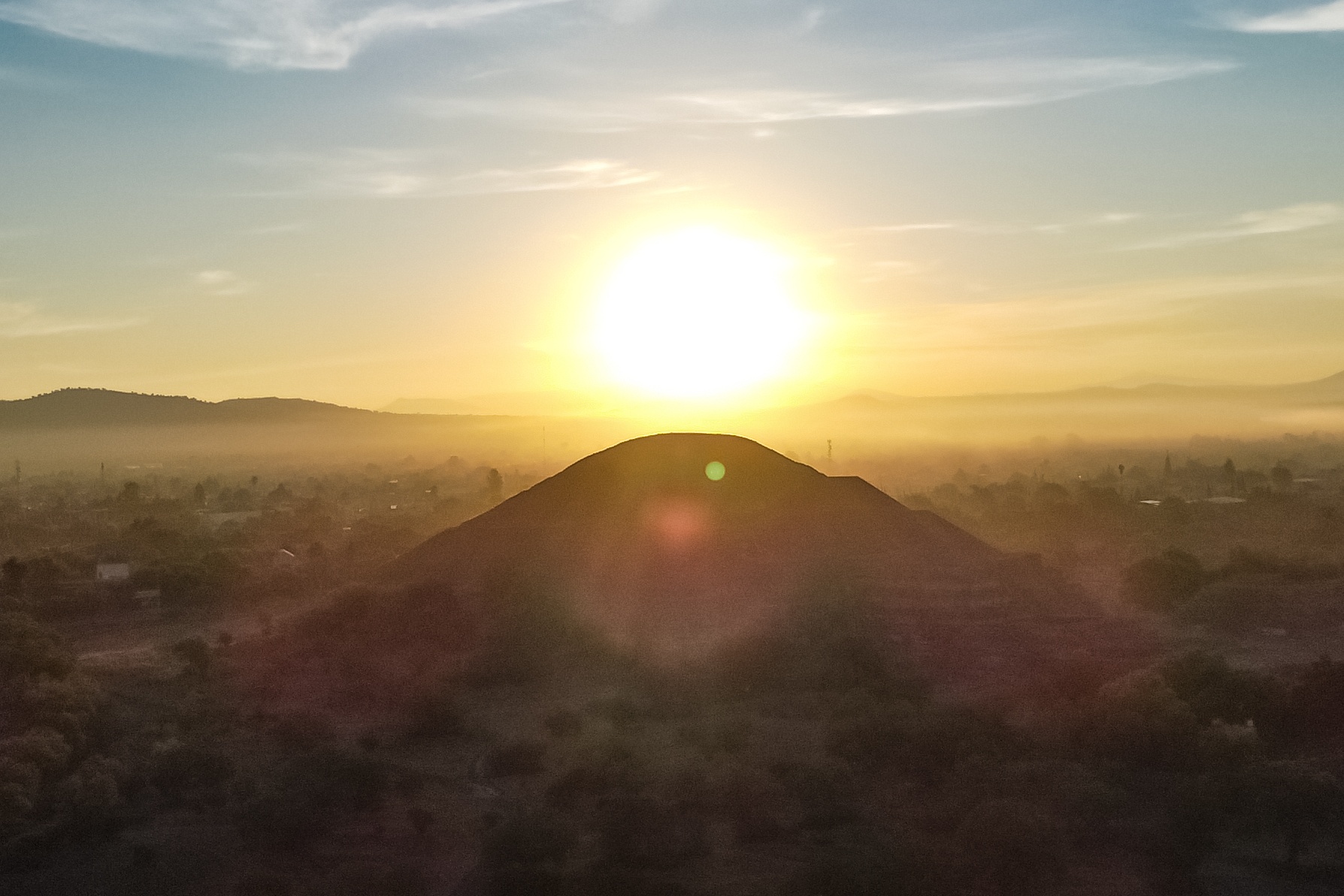Archaeologists have uncovered intriguing astronomical secrets of the ancient Pyramid of the Moon in Teotihuacan, an ancient Mesoamerican city near Mexico City. This city was a hub well before the Aztec Empire, flourishing in the 1st millennium B.C. Teotihuacan’s iconic landmarks, the Moon and Sun Pyramids, stand out as monumental testaments to pre-Hispanic American architecture.
In Mesoamerican culture, celestial alignments were crucial, with solstices and equinoxes serving as key markers for architectural orientations like pyramids. While previous studies mostly focused on the Sun Pyramid, recent research shifted focus to the Moon Pyramid due to its strategic positioning at the city’s end overlooking the Avenue of the Dead.
Led by Ismael Arturo Montero García from the University of Tepeyac, experts conducted a study. They discovered that the northeast and southwest vertices of the Pyramid of the Moon align precisely with the sun’s position at sunrise on summer solstice and sunset on winter solstice, respectively, and key landscape points. For example, on the summer solstice, the sun rises over Xihuingo volcano to the northeast and sets behind Maninal Hill to the west.
Another remarkable finding was that the Pyramid of the Sun’s vertices also align with lunar standstills, akin to lunar solstices. This research underscores the city’s astronomical planning, focused on the Xihuingo-Chiconautla axis, suggesting the Moon Pyramid is solar-influenced while the Sun Pyramid is lunar-aligned.
Discoveries like these shed light on how ancient civilizations integrated astronomical knowledge into their architecture. The Pyramid of the Moon’s true astronomical significance may have been closely tied to solar movements, while the Sun Pyramid’s identity is linked to lunar patterns. This insight challenges our assumptions about these iconic structures and deepens our understanding of Teotihuacan’s mysterious past.
